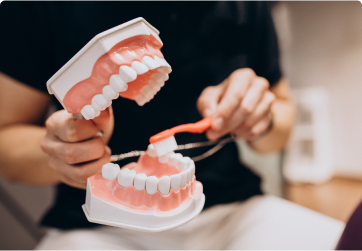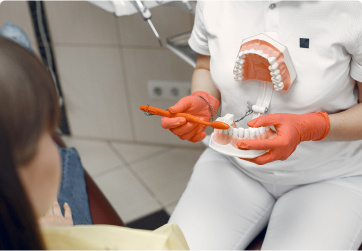
Advantages of Having Dental Implants
Dental implants have numerous advantages, as discussed below:
Enhance Appearance
Dental implants resemble natural teeth and give you a fresh, appealing look that would otherwise be impossible with missing teeth. They also fuse well with the jawbones, making them a permanent part of your dental formula.
Enhance Speech
Having huge gaps may mean that you do not pronounce some words the right way. When you use implants to cover gaps left with the removal of teeth, you will regain your speech confidence and fluency.
Comfortable and Durable
Other methods like denture and fillings may come with many discomforts, especially when you have to detach and put them back now and then. It is not the case with implants, as they are permanent and feel like natural teeth. They do not need adhesives like dentures, which might be messy at times.
More Comfortable and Convenient When Eating
Dental Implants fuse well into your dental system, so you do not need to worry about them sliding or shifting. You can also take your favorite dish with comfort without worrying about damaging or wearing it.
Improves Oral Dental Health
Dental implants do not alter adjacent teeth as with other procedures like tooth-supported bridges. They leave all other existing teeth intact and allow easier access between each tooth to improve your oral hygiene.


Dental Implant Procedure
Like most dental procedures, you first have to make several appointments with your Dentist. He/she will develop an individualized treatment schedule.
- The process involves addressing your specific dental need and gathering a team of oral surgery and restorative dentistry specialists. The team will then formulate cared based implant options that fit your needs.
- They will take x-ray impressions of the jaw and teeth. The images will help determine gum tissue, bone, and the spacing available for the intended implant.
- Dentists will administer local anesthetics to make the area numb and surgically place an implant into the bone. You will need up to six months to allow the new implant to heal appropriately and integrate into the bone.
- Once the implant has integrated with the bone, it is ready to be restored. In some cases, a second-stage surgery to place a healing collar on top of the implant is needed.
- Another healing phase of a few weeks may be needed. During the restoration process, impressions are taken so the crown or prosthesis that will attach to the implant can be fabricated.
- When the dentist is confident that the implant is well-bonded, he will attach an artificial tooth to the implant giving perfect sturdiness and comfort. You will receive care and maintenance instructions together with recommended oral hygiene practices after the treatment.







